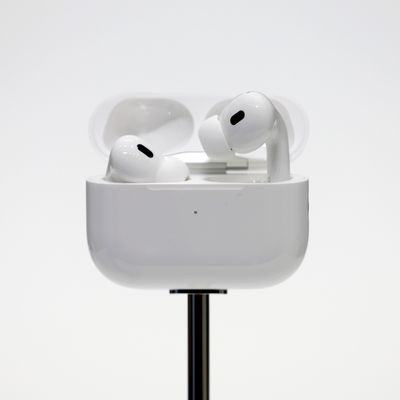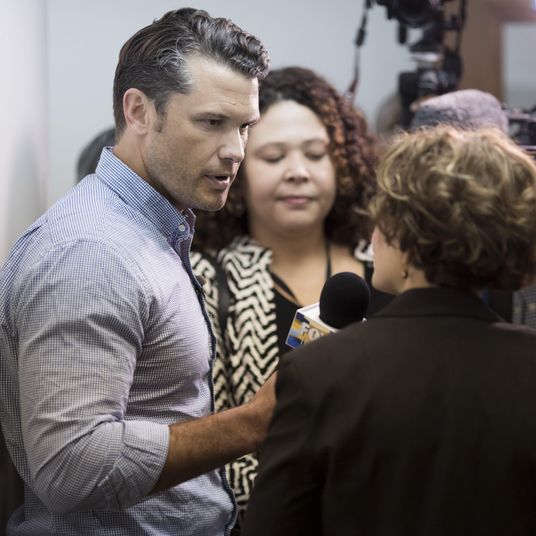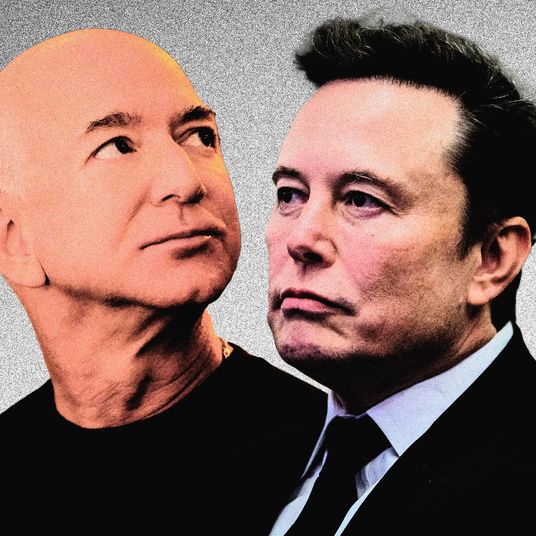
The iPhone 16, which got its big debut on Monday, is classic off-year Apple: An incremental upgrade with a substantially similar design to last year’s models, a few nice new features, a smattering of AI tools, more power, and a better camera — most of which had been pre-announced or leaked before Apple’s launch event even started. Whether it sells well enough to reverse Apple’s modest iPhone sales slump is more of a question about upgrade trends and obsolescence than whether customers are excited about the device itself. The new iPhone timer has reached zero and the 16 resets it again.
Apple’s entire event shared this off-year feel, as the company upgraded and refined a bunch of familiar hardware. There were two announcements, though, that told a smaller, weirder story about Apple’s future. The AirPods Pro 2 will soon be medical-grade hearing aids, and new (and recent) Apple Watches will be able to diagnose sleep apnea for their wearers.
It’s sort of funny that two of the more surprising announcements from this year’s events involve pending approval from the FDA “and other global health authorities,” but it’s also the continuation of a longer project by Apple to add “health capabilities” to its hardware and software. Historically, some of these features have been what you might call health-adjacent and focused on problems arguably intensified if not created by the devices themselves: Screen Time controls, warnings that screens are being held close and headphones played too loud, or mindfulness apps to fend off digital malaise. This category of features felt less like a suite of health tools than a series of mitigations — a group of nudge-y attempts by Apple to fix its users.
But with the Apple Watch — and most explicitly Apple Health — Apple gradually built a fairly capable and general health-monitoring tool, first as an afterthought but ultimately as an explicit project. In 2024, an Apple Watch can monitor heart rate, check for atrial fibrillation, detect falls and car crashes, monitor blood-oxygen levels, and track body temperature for fertility planning. According to a Bloomberg report last year, the company has long been trying to go much further, despite developmental setbacks — for instance trying and failing for years to build in a glucose sensor, among other things:
Other key projects were nixed during development. Apple investigated building a nutrition tracker into its Health app and looked into selling a suite of peripherals for the Apple Watch, including a bathroom scale and an Ive-designed blood-pressure cuff that didn’t need to inflate. The company prototyped watch straps with sensors that gather data from the underside of the wrist and researched both a bed-mounted sleep tracker and a nightstand device with sensors to monitor users overnight before pushing the technology into the watch itself.
This sort of comprehensive body tracking was, when the Apple Watch first launched, both technologically infeasible and well beyond the privacy norms of the time. In 2024, a diagnostic watch that tracks your vitals as you sleep is a pretty easy sell — people seek out alternatives by the millions.
AirPods as hearing aids are an even more direct attempt to enter a fresh market, and this means that Apple’s two biggest hardware successes since the iPad are, in effect, medical devices. Modern hearing aids run on similar (and often worse) wireless protocols than AirPods and often cost a lot more. It’s not the most glamorous market, but if they work as advertised, a nice-looking $250 set of earbuds that reluctant hard-of-hearing shoppers can buy at an Apple Store or Target, rather than a grim medical office, could sell a lot of units.
More Screen Time
- How Podcasting Became the New TV
- Amazon Just Built a Temu Clone. Why Isn’t It More Fun?
- Why the Government’s Google Breakup Plan Is Such a Big Deal






























